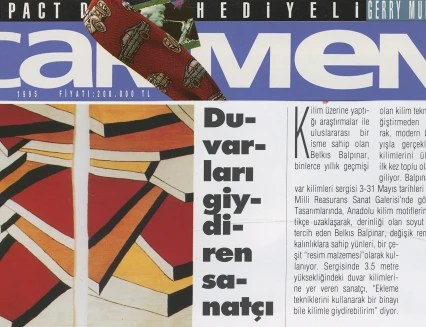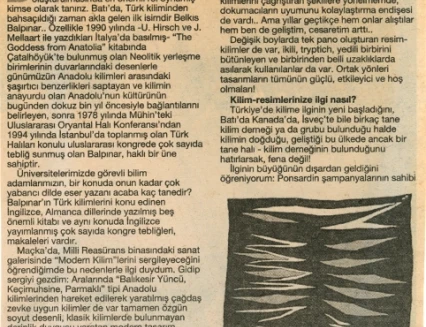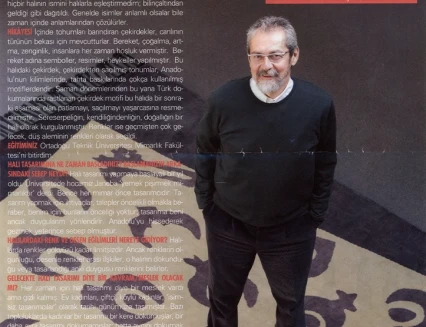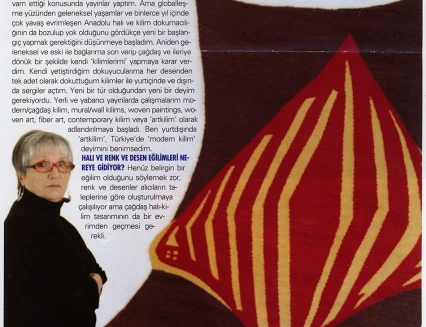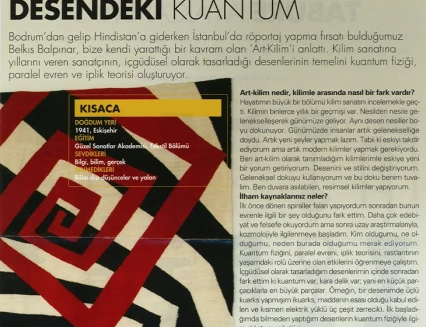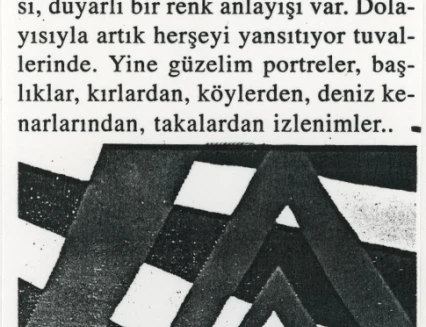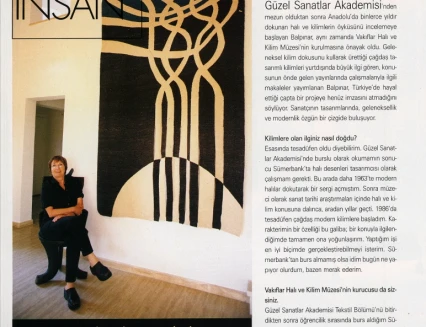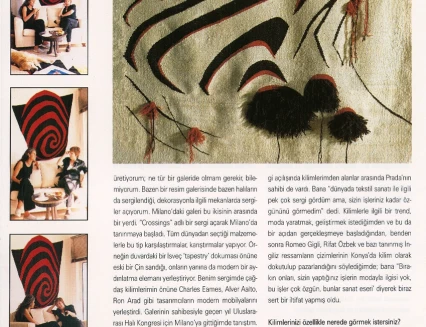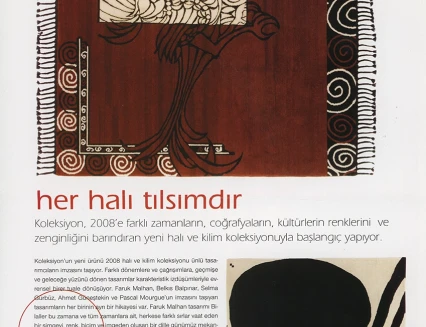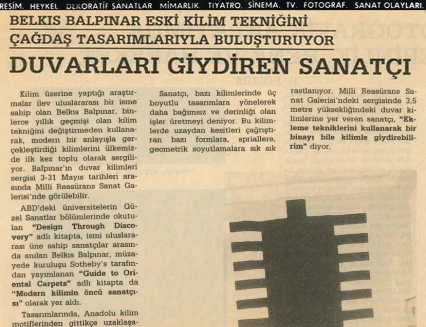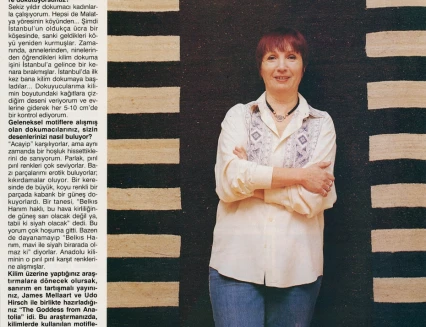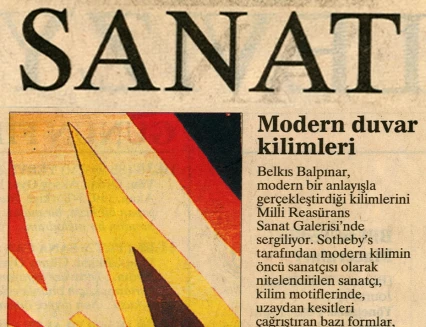Depth in depth: Seeking dimensions outside dimension
The uncertainty principle in quantum physics; new discoveries in cosmology, biology, and other disciplines; theories such as big bang, black holes, extra dimensions, chaos, strings and even multiple universes… Such things are fascinating even to those without scientific backgrounds and for that reason they can have an impact on philosophy, literature, and different branches of the arts.
It is possible today to display the tiniest particles in the universe or the universe’s most distant and oldest stars and galaxies, some of which may no longer exist any more, as well as their motions in such a way that the human eye can perceive them. Many of these images can be found in publications as well as on the internet. All of this striking visual and written material also has an impact on artists.
Belkıs Balpınar is also one of those who is curious about the secrets of the universe and of existence and says she’s perplexed by those who aren’t. Her library is full of books about science, the number of which has been increasing steadily in recent years and to tell the truth, the works she produces reflect this intrinsic interest and knowledge as well.
At the outset she began making her own designs taking traditional kilim motifs as her starting point. However rather than repeating geometric motifs (like so many others trying to do something by starting out from the traditional), she chose instead a single motif that she enlarged to a considerable degree, deforming it (“playing with the kilim motifs’ genetic material” is what she calls it) as she attempted to create something new
Looking back at her work since she got started in 1986 we see that this exhibition is also a retrospective selection in which we are witness to an interesting evolution.
According to Balpınar, “Kilim patterns achieved their present forms having undergone a very slow evolution in which they were purified of all their superfluities down through the generations without any impairment of their essential symbolic appearance over the millennia.
For this reason, creating something new from them is similar to tinkering with the DNA structure of a living organism and producing a new creature. In the end, what emerges is something that is hybrid.” Nevertheless even in Balpınar’s early works in which kilim motifs served as her point of departure, there is already an investigation of three-dimensional depth.
In her subsequent work, the artist began using her own geometric patterns in order to break away from kilim motifs.
When that proved not to be enough, she began developing curling and rounded lines: forms that traditional kilim weavers had the utmost difficulty dealing with. This choice would give her even greater freedom. In order to add still more depth, Balpınar made use of knotted carpet techniques on flat-weave kilims in which woolen yarns that she tied in long, hanging piles resemble spatters of paint and create depth in depth as she searches for dimensions beyond the third.
